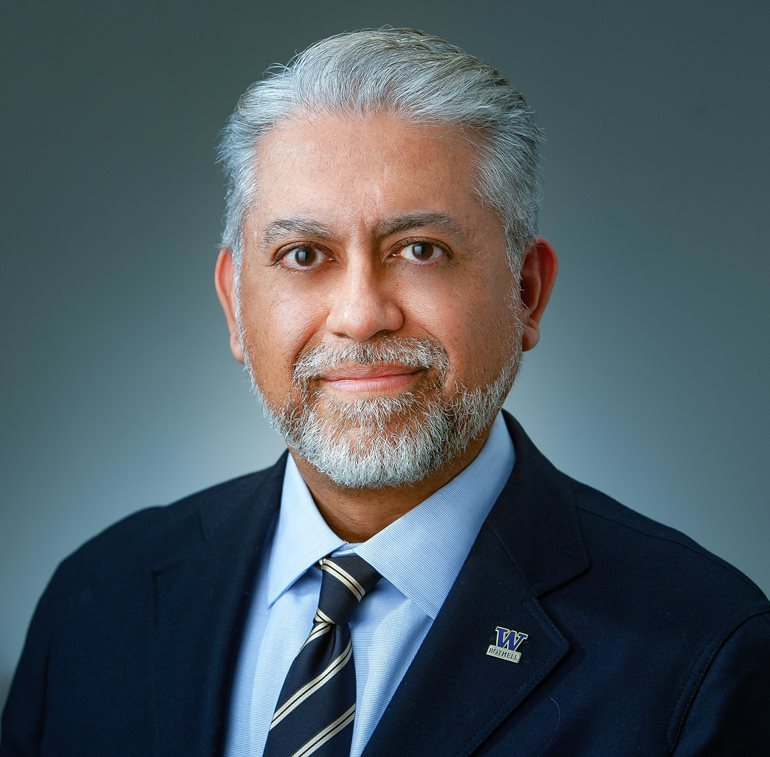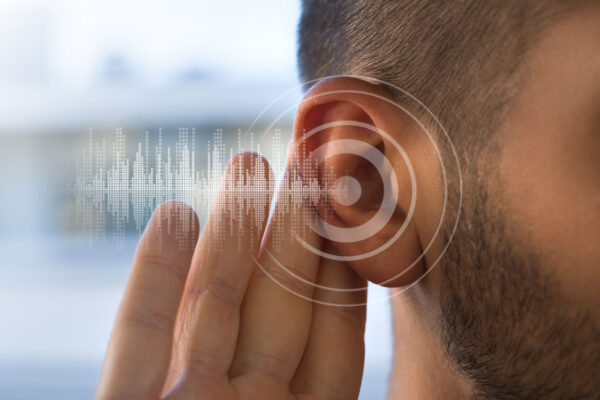
The speed at which vaccines have been developed for the COVID-19 virus reminds Dan Bustillos of President John F. Kennedy’s bold commitment in 1961 to land a man on the moon within the decade. Apollo 11 did it in 1969.
By analogy, the vaccine development has been a moonshot in one year, said the assistant professor in the School of Nursing & Health Studies at the University of Washington Bothell.
Bustillos wants to be one of the first in line for inoculation, when he is eligible. But the vaccines have been developed so fast, they also come with a dose of doubt, he said.
“Will this be Apollo 11 or Apollo 13?” he asks, referring to the aborted 1970 lunar mission.
Development process
Books will be written about the coronavirus vaccines. Authors will examine all the things that could have been done better.
At this point, Bustillos said, it’s clear the warp-speed development is also the source of many uncertainties. “Is it as safe as it could be? No, because we’re doing this in a very rushed fashion,” he said.
For example, the first two promising vaccines use a messenger RNA genetic mechanism that has never before been used that way. “What makes therapeutics safe is a long history of research, whether for a drug or vaccine. And we’re not going to have that because of time,” Bustillos said.
We don’t know how long the vaccinations will last, how they might impact different groups, or whether immunized people might still spread the virus. Logistical hurdles, such as super-cold storage and double-shot vaccinations, can also be problematic, especially for developing nations, Bustillos said.
Campaigns to raise awareness about coronavirus vaccination and to encourage participation will have to manage expectations and overcome fears and misconceptions. Vaccine skeptics might decline to participate, Bustillos said, and that would make it difficult to reach the estimated 70% to 90% vaccination rate needed for herd immunity in the population.
A matter of confidence
Bustillos, who teaches health policy and health care ethics, expects more misinformation to come on social media.
Don’t be alarmed by anecdotes of adverse vaccinations, he advised. “We have to be vigilant about a misinformation campaign.”
It is important for people to seek out reputable journalism and sources such as the Centers for Disease Control and Prevention, the Food and Drug Administration, and the World Health Organization, he said.
According to Bustillos, it was a huge misstep for the FDA, under pressure from the White House, to authorize emergency use of hydroxychloroquine in March. The authorization was revoked in June, but public trust was weakened.
“That was tragic, because at this point the FDA needs to be beyond reproach,” Bustillos said. “I’m still pretty confident that scientists who are nonpartisan at the FDA and CDC will not allow anything that is ineffective or extremely dangerous to come out.”
Long after vaccinations have started, masking and physical distancing may still be required to prevent further spread of the coronavirus. It could be the second half of 2021 or even early 2022 before daily life begins to resemble pre-pandemic times, Bustillos predicted.
“It’s quite possible we won’t be back to going to the ballgame before spring training 2022.”
The harm-benefit balance
Unfortunately, a small number of people die every year from current, established vaccinations. The risk from the new coronavirus vaccines is likely to be higher, Bustillos said. Yet, weighed against the pandemic, vaccination is a no-brainer — less risky than climbing into a car, he said.
In the past, vaccines have had years, not months, to prove they work safely, Bustillos said, so the shortened time span now is cause for some concern but not panic.
“While there are lots of uncertainties and things that could and should be done better, there’s reason to be very optimistic about this,” he said. “In any case, it seems quite likely that the benefit of this vaccine — even despite possible drawbacks and harms — far outweighs the harm from COVID-19.
“At the end of the day,” Bustillos said, “I want to be one of those people who gets it as quickly as possible.”


